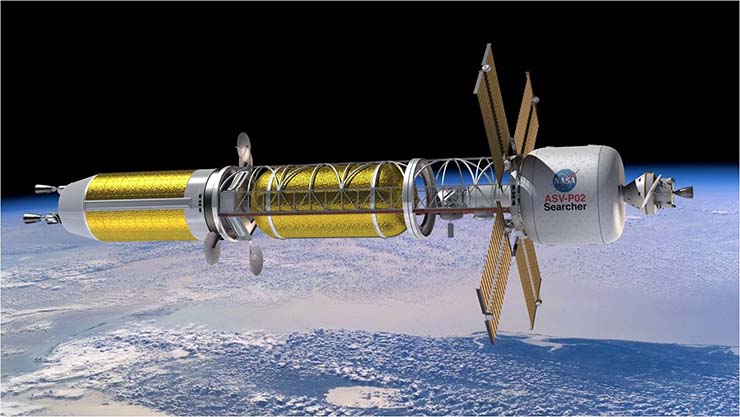
Washington: US space agency NASA will fund the development of an experimental nuclear thermal engine under a new cooperative effort with the Pentagon’s far-future research agency to test the technology’s viability for powering spacecraft to the Moon, Mars and beyond, according to officials at the Defence Advanced Research Projects Agency (DARPA).
Tabitha Dodson, DARPA’s program manager for the Demonstration Rocket for Agile Cislunar Operations (DRACO) initiative, said that as well as funding the nuclear thermal rocket (NTR) engine, NASA also will be managing the contractor team responsible for developing it.
“They will make sure that the performers are building everything exactly to the specs that we set out for the kind of performance that we mutually agree that we both want,” she said. This includes things like making sure the materials can withstand the high temperatures, up to 5,000 degrees Fahrenheit, generated and building a turbo-pump for the engine, she explained.
“We haven’t built a turbo pump for a nuclear thermal rocket in a very long time,” Dodson said. “Although NASA does have incredible rocket engine expertise.”
While NASA is providing the funds for the engine and ensuring the parts meet spec, DARPA will serve as the contracting agent and the work will be performed by a prime contractor, who Dodson explained has been selected but has yet to be formally put on contract — a process that she said would take about a month or two.
An NTR uses fission, the splitting of atoms, for power just like terrestrial nuclear reactors for generating electricity. Thus, nuclear propulsion “offers a high thrust-to-weight ratio around 10,000 [times] greater than electric propulsion and with two-to-five times greater efficiency than in-space chemical propulsion,” DARPA explained in its January 24 announcement of the deal with NASA.














